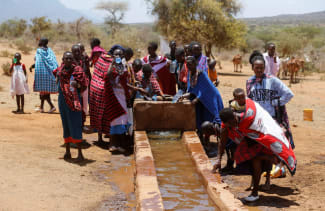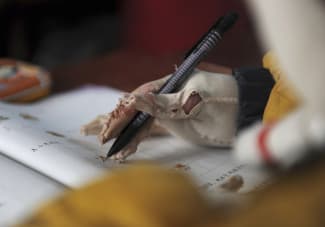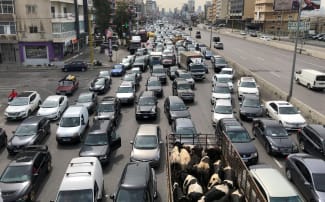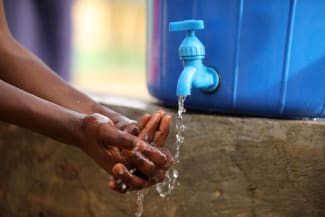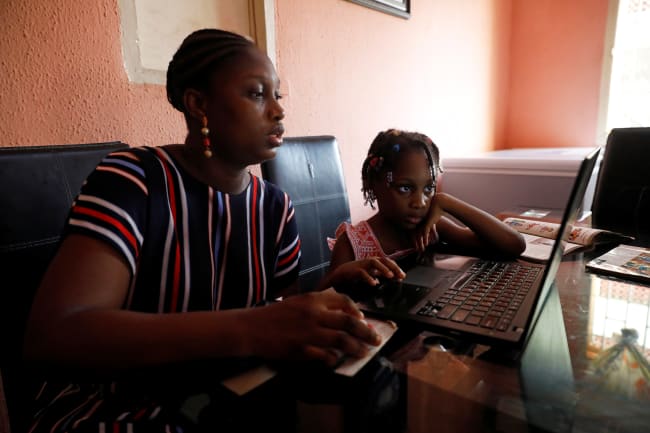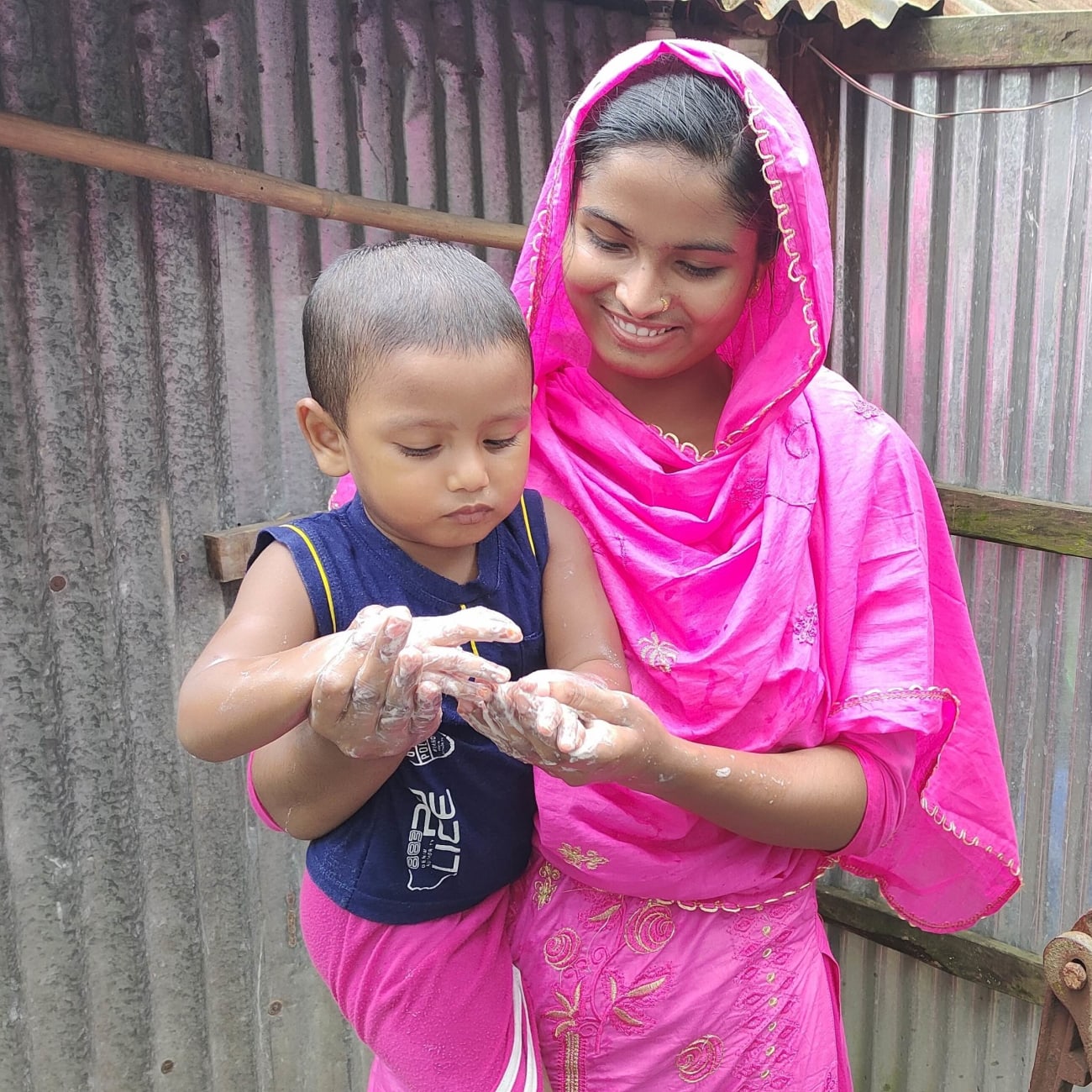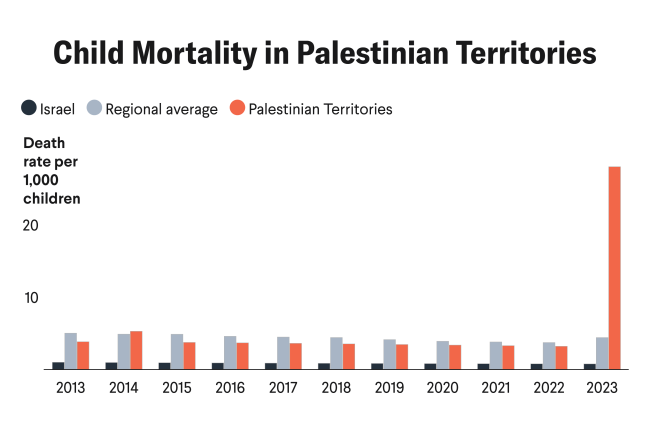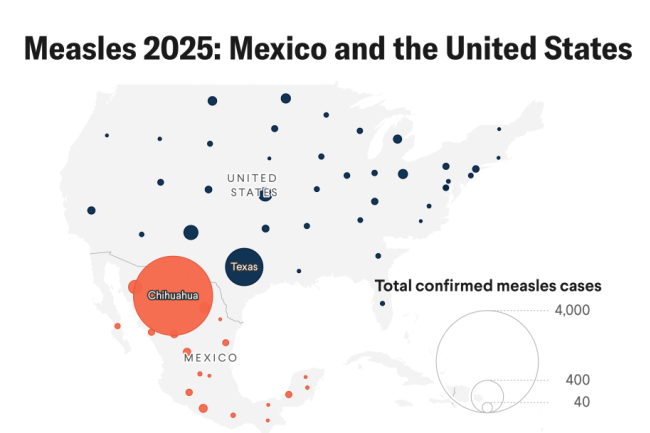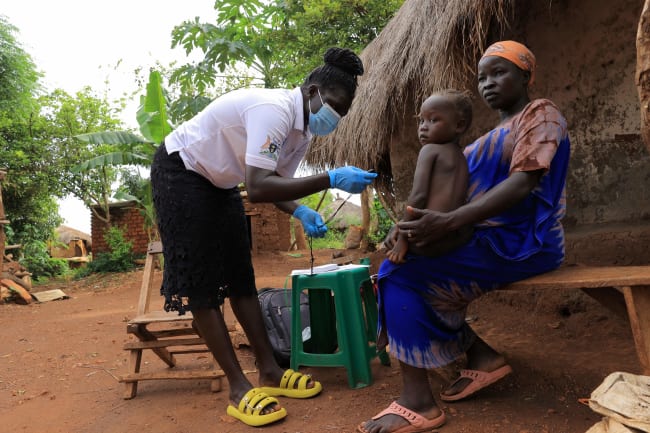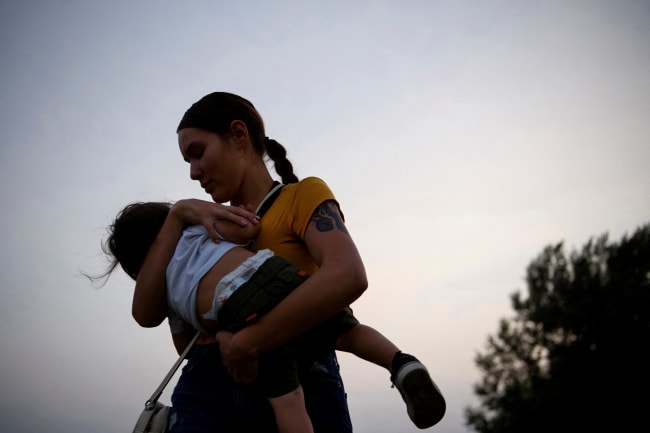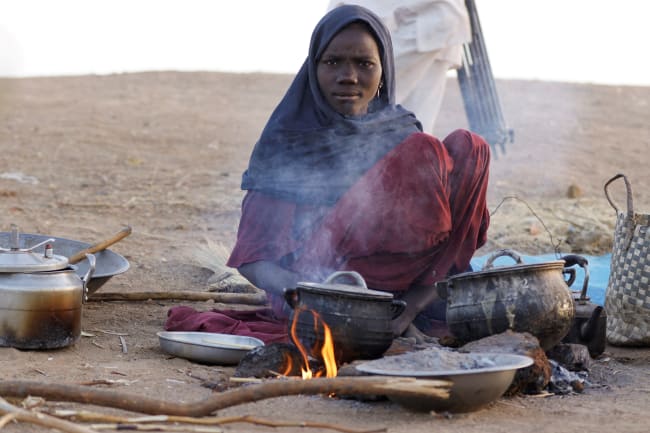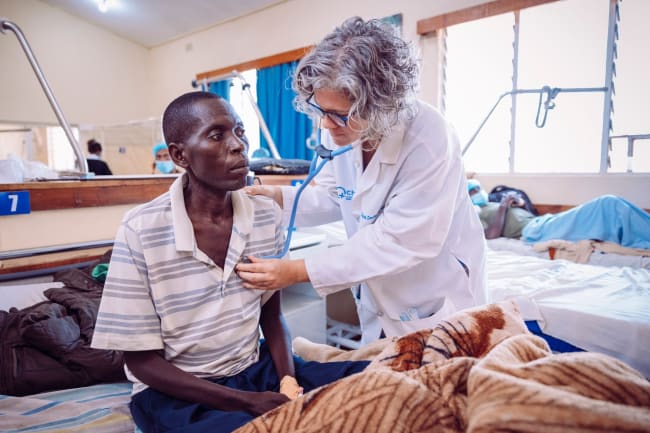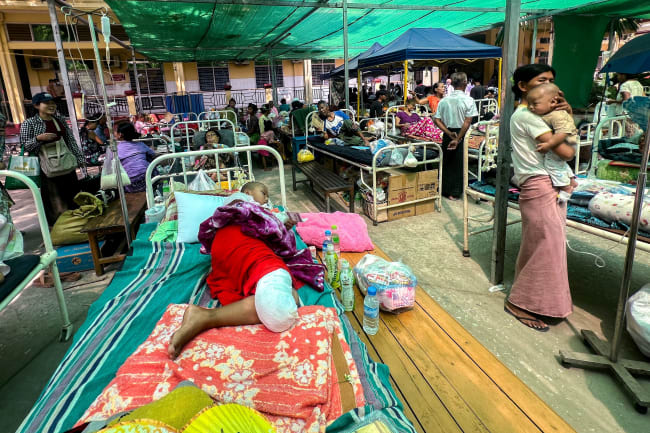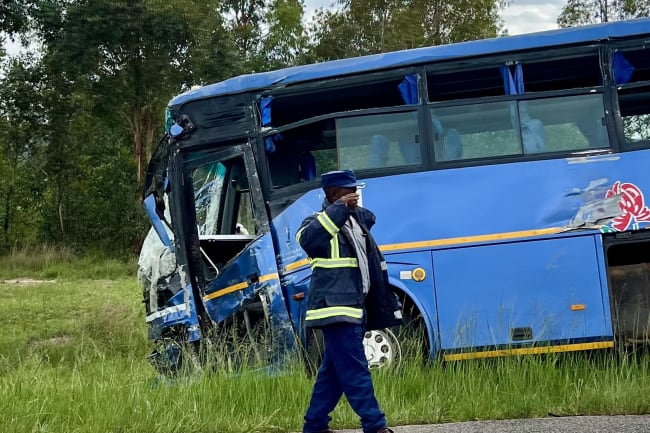
Poverty
The link between poverty and premature death and disability is well-documented, but the definition of who is poor and the global distribution of those living in extreme poverty is changing. This section examines the ways in which limited health resources, illness, and poverty are intertwined
Poverty
Poverty
Poverty
How the MAHA Commission Can Improve U.S. Life Expectancy
by Thoai D. Ngo
To help Americans live healthier, policymakers should address what researchers call the causes of causes for ill health
Poverty
Online Learning's Health Burden in Low-Resource Countries
Poverty
Microfinance to Replace Declining Aid: A Roadmap in Trust
by Annie Wang



